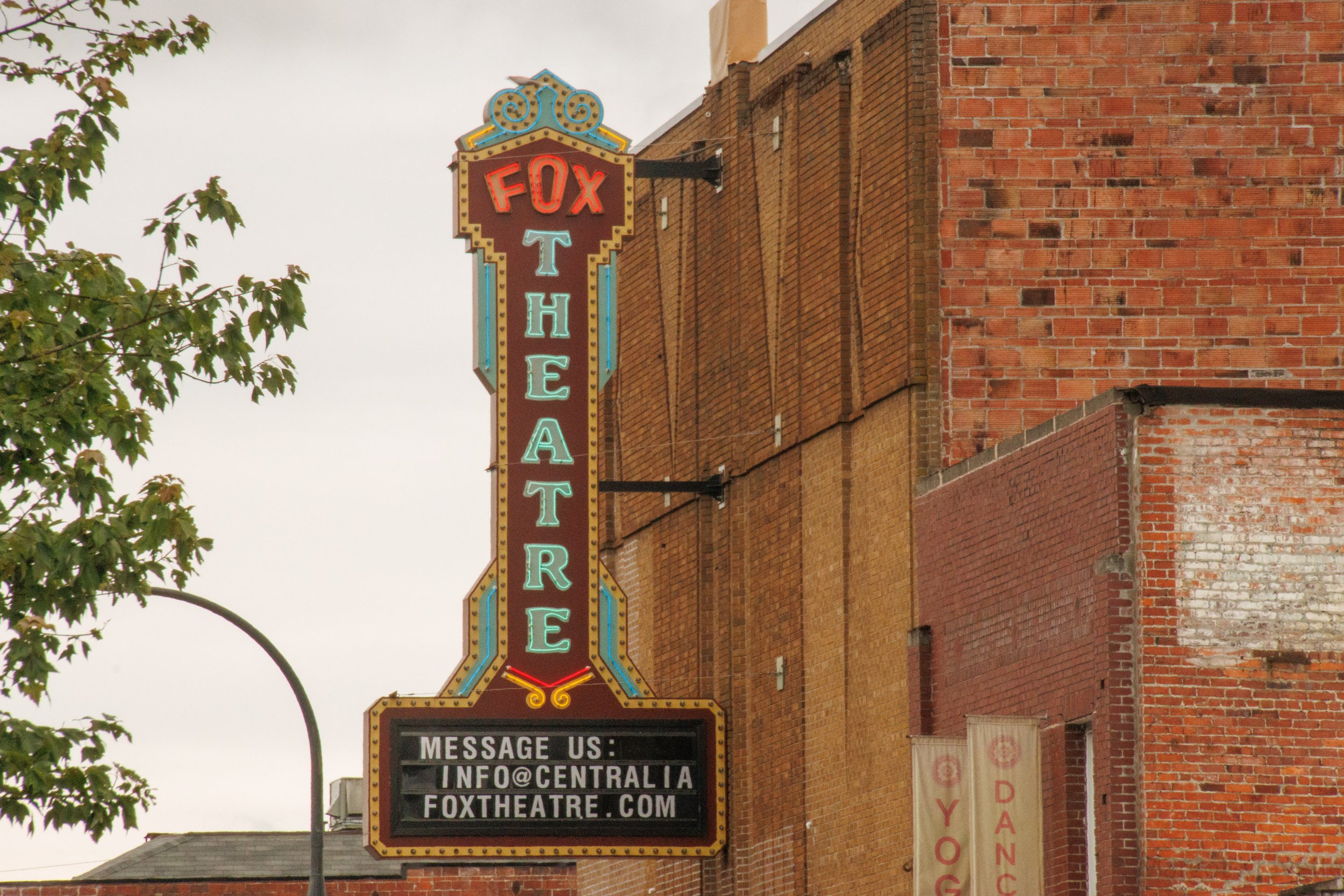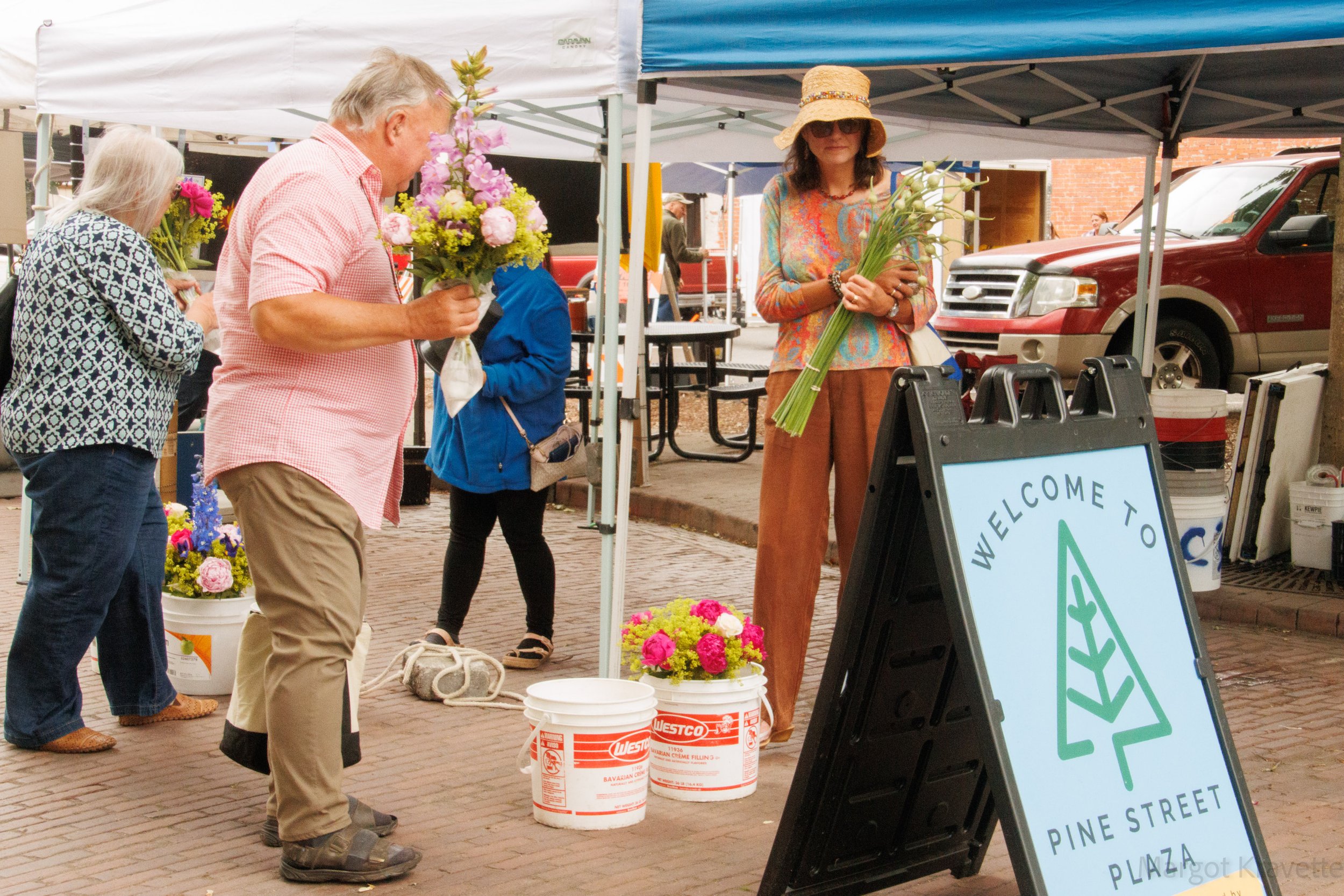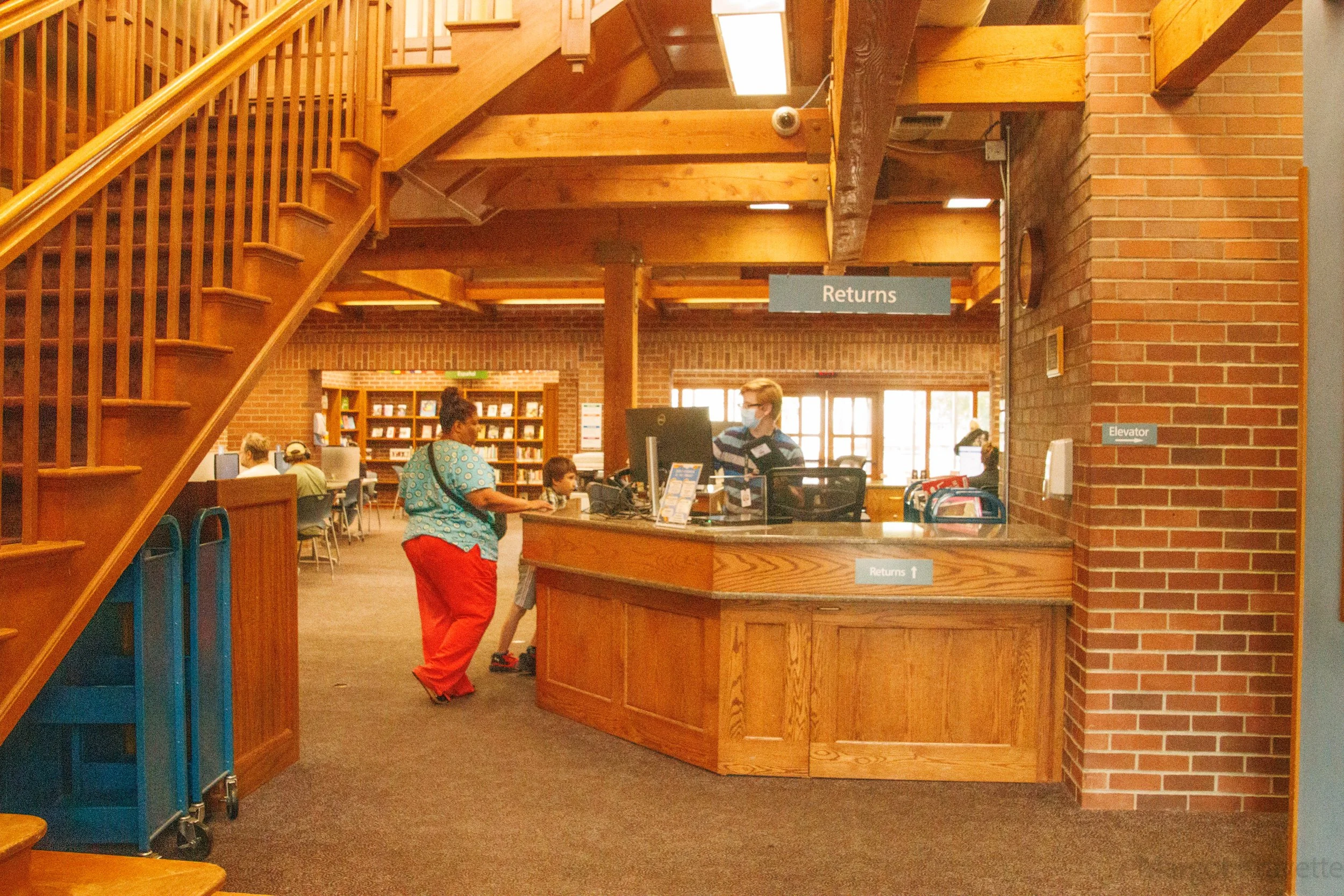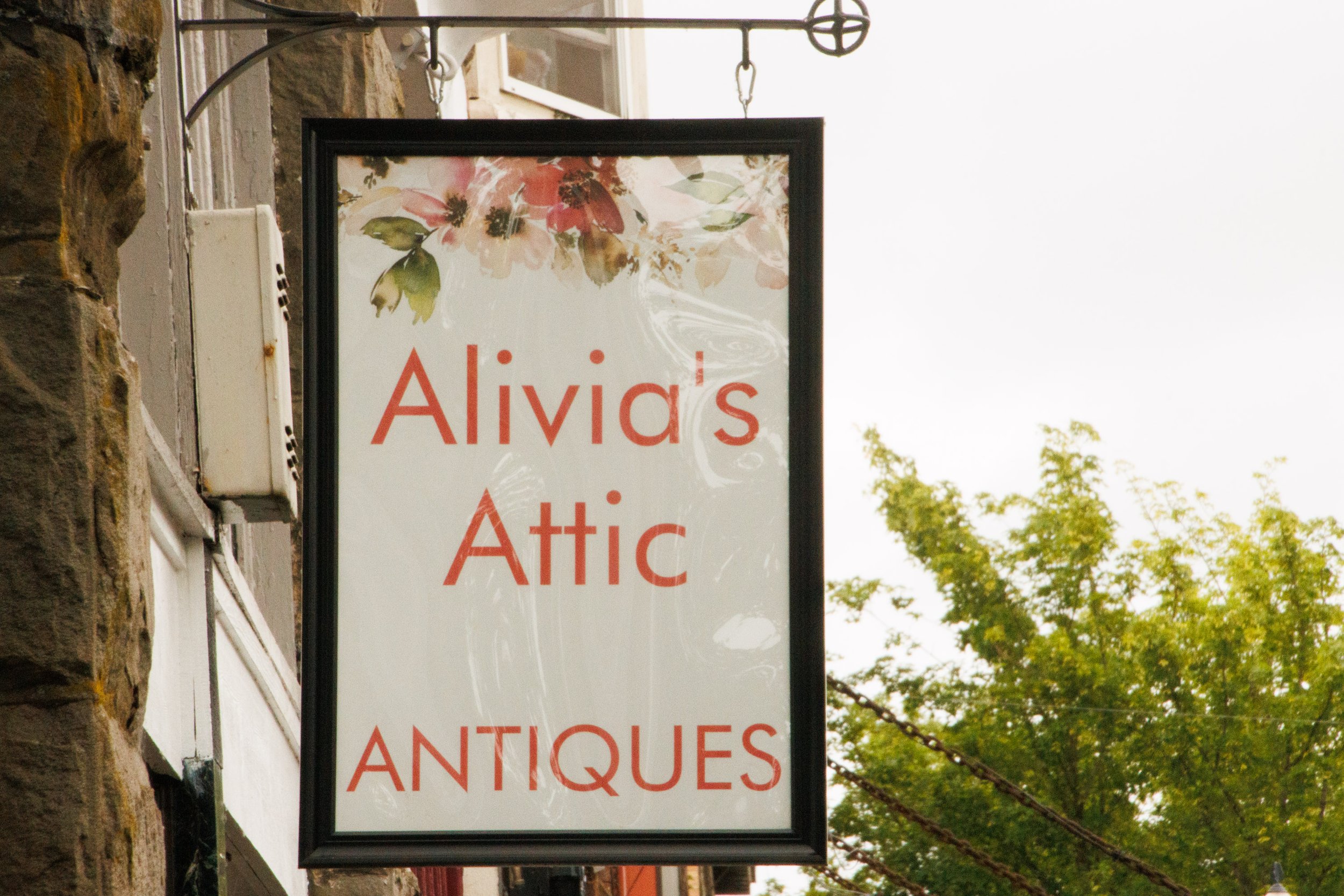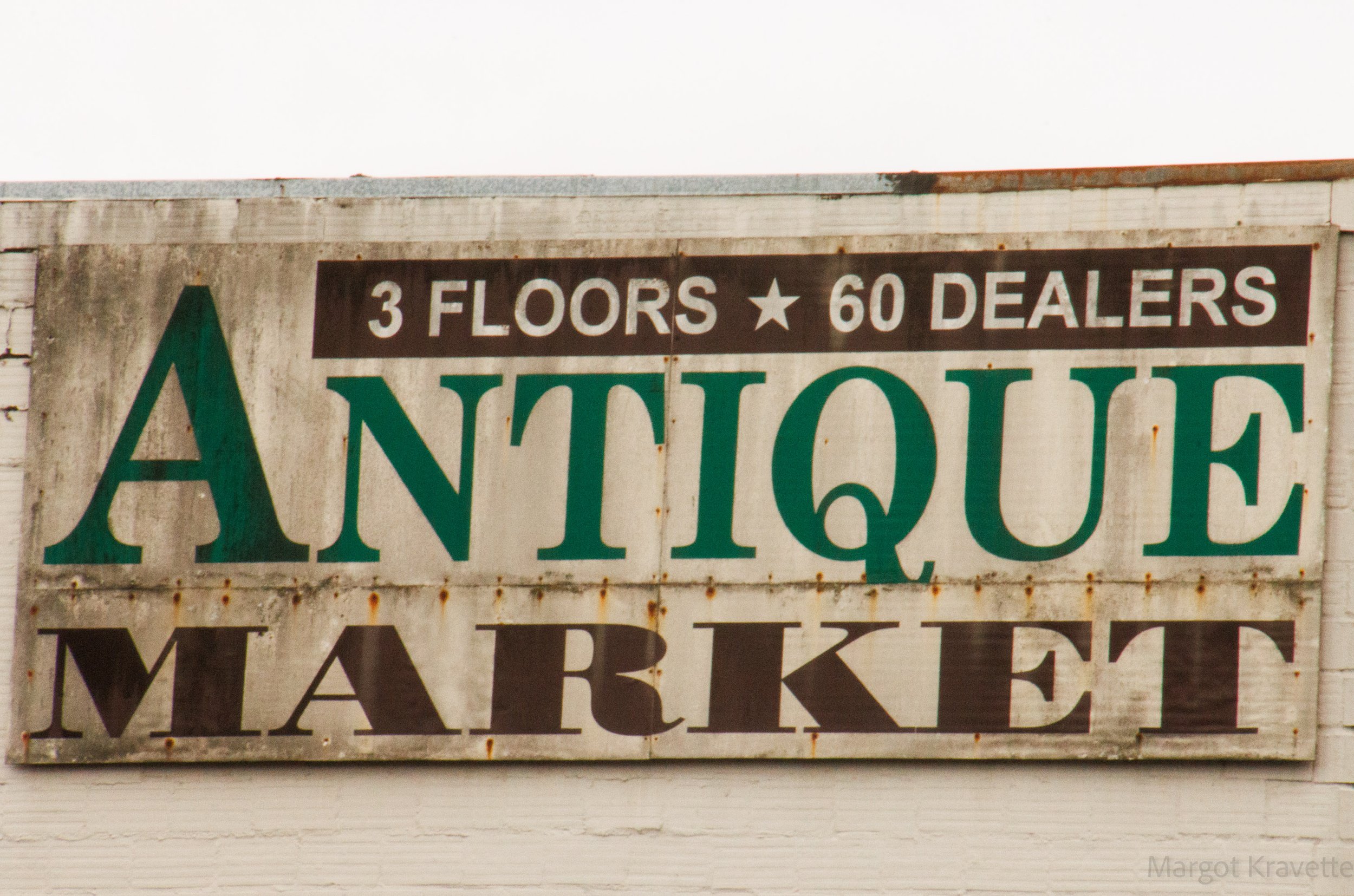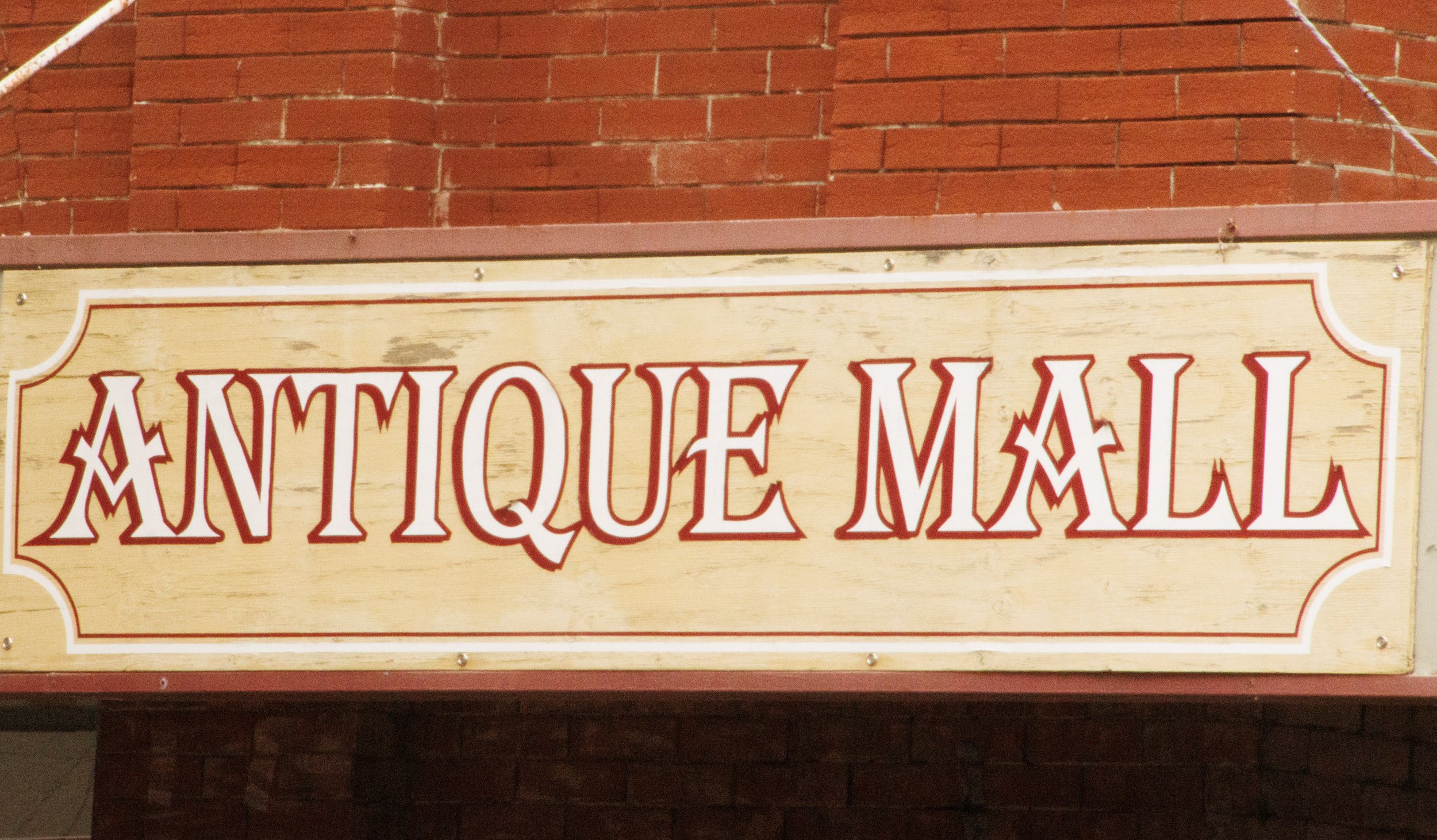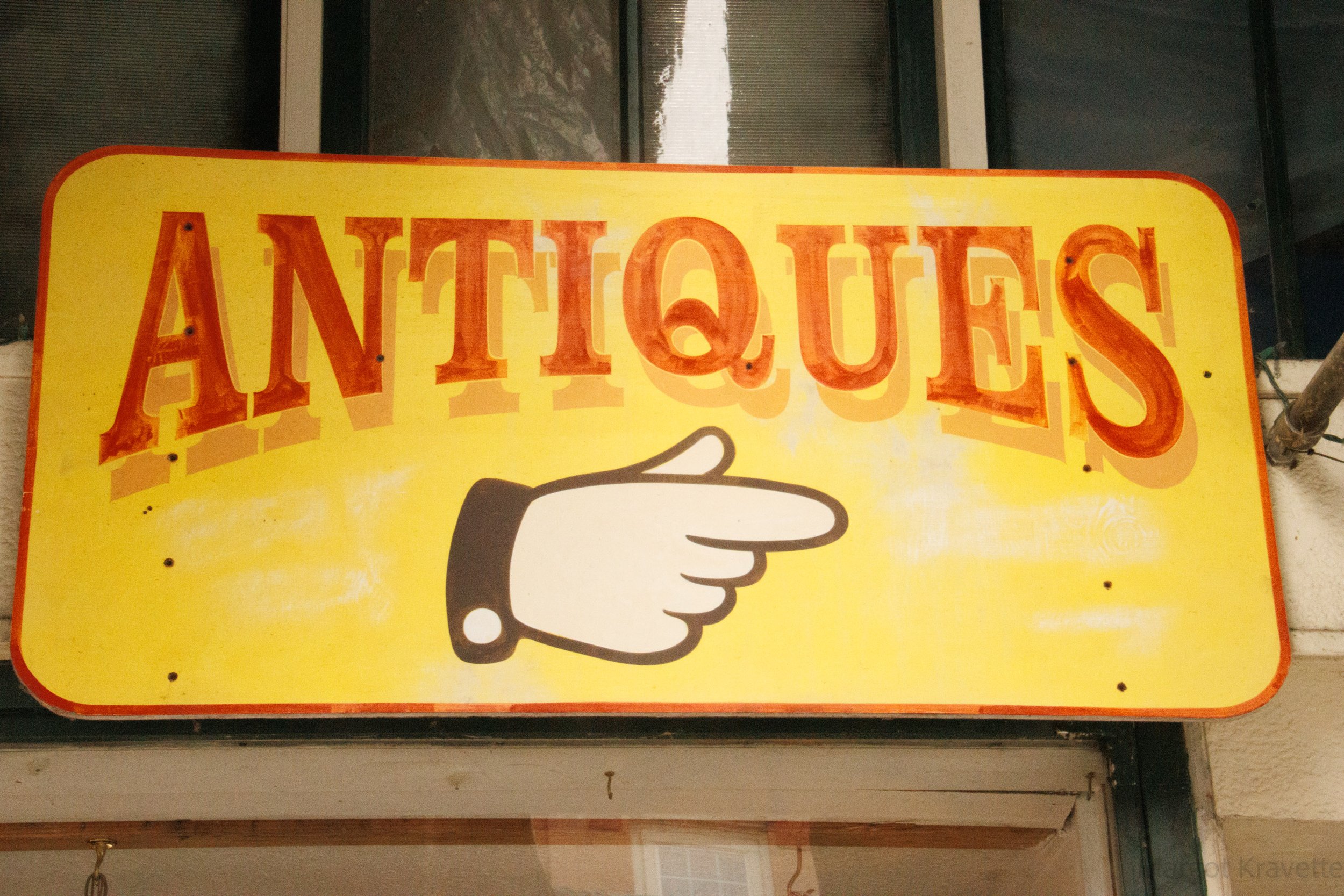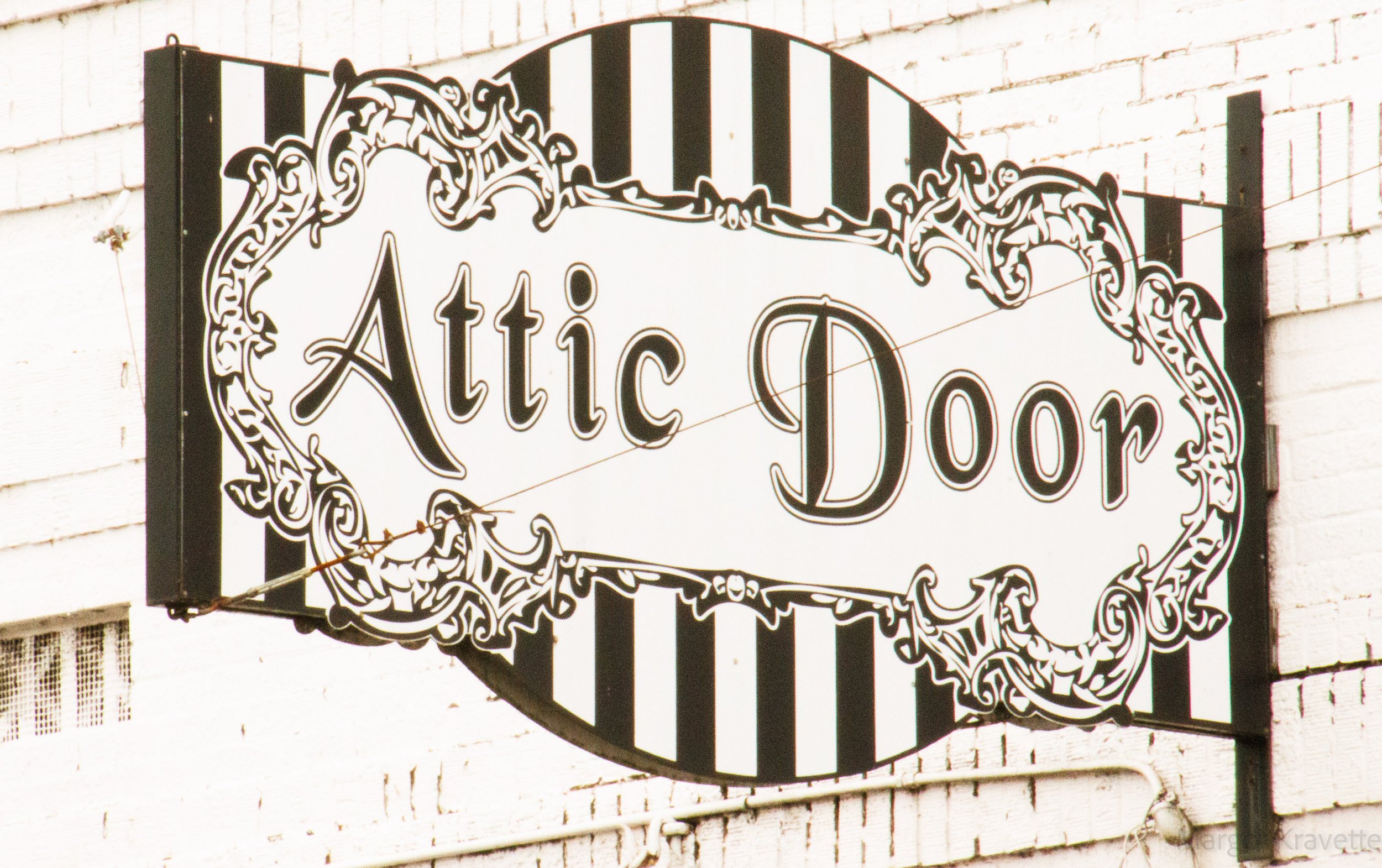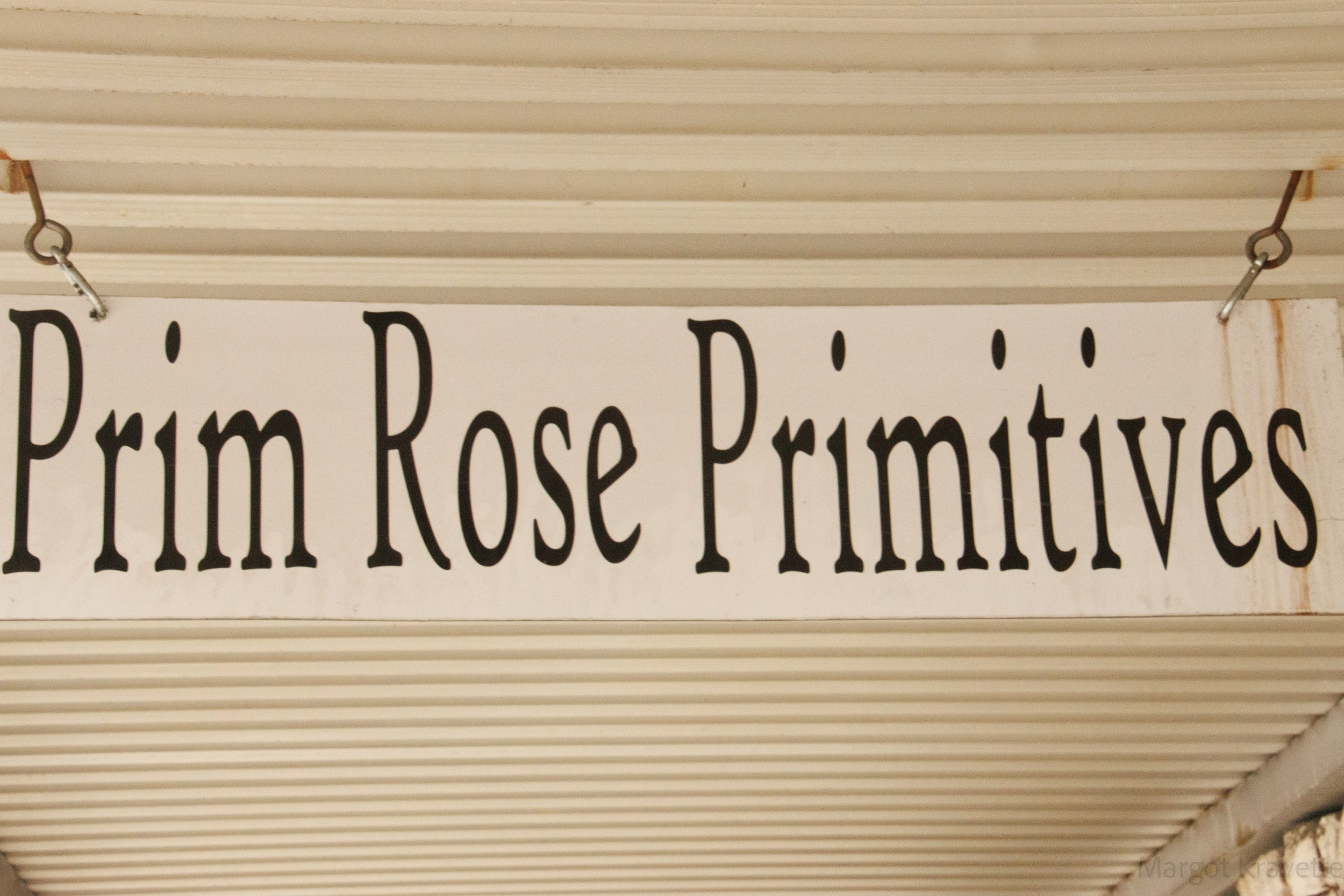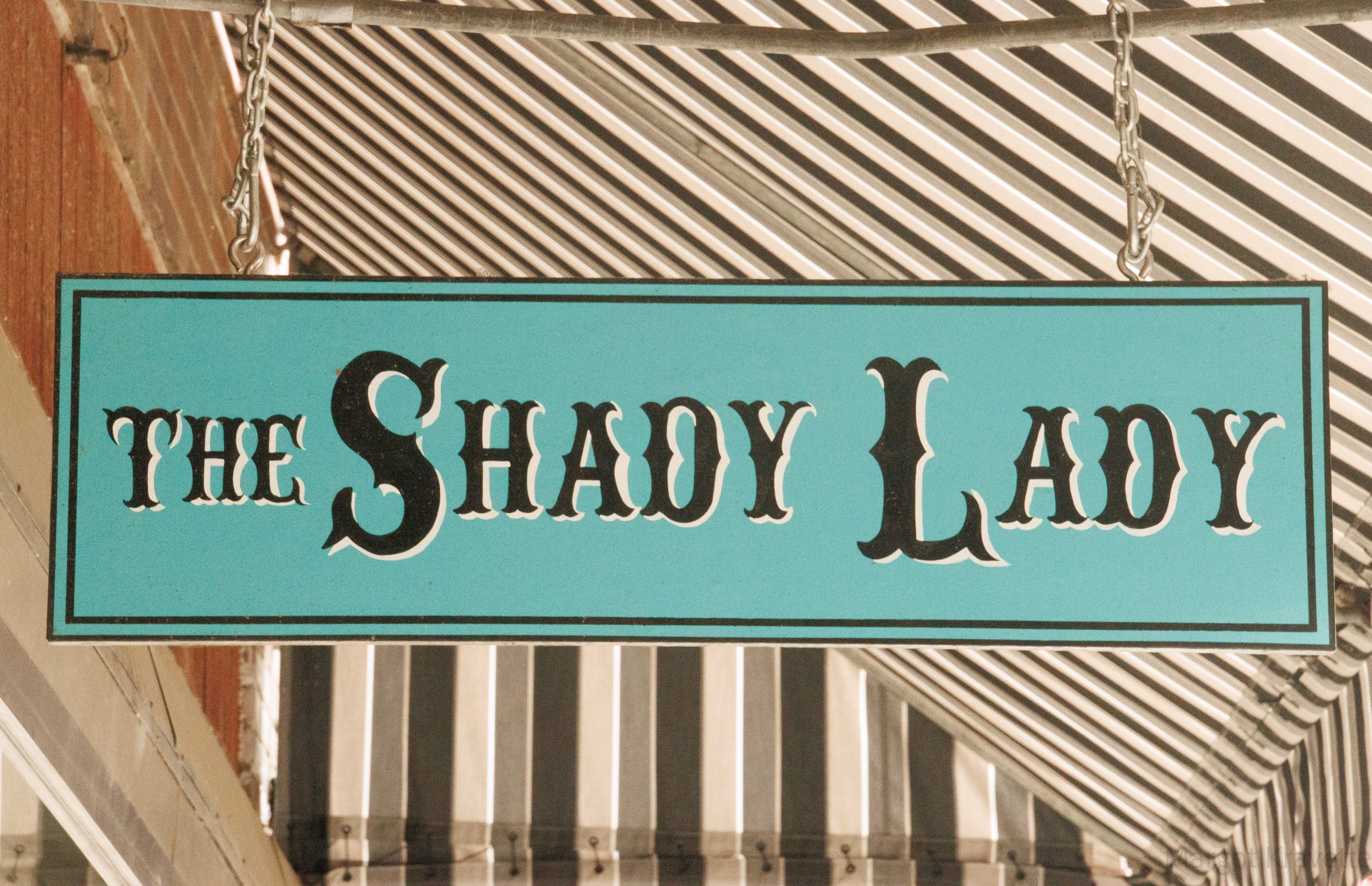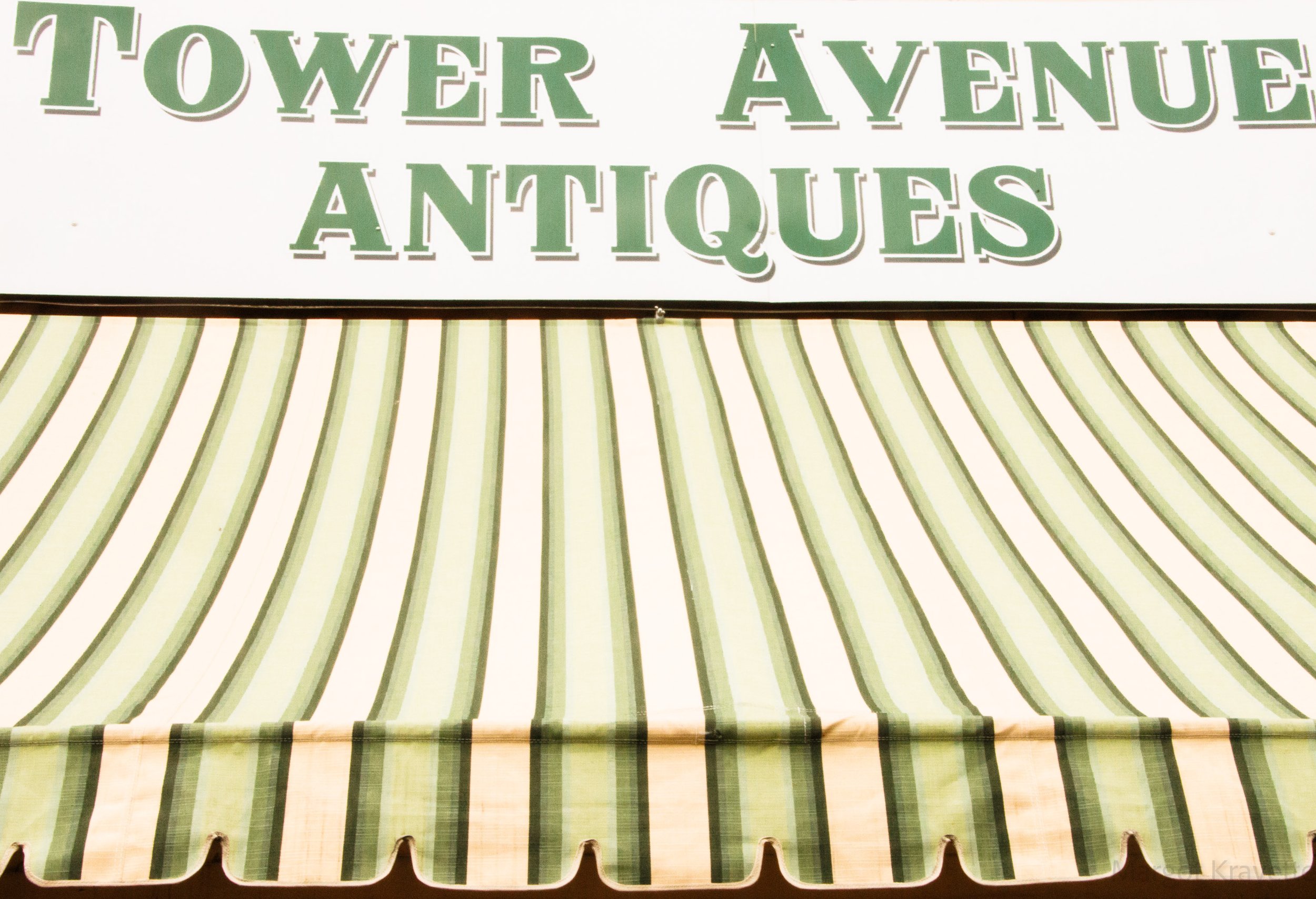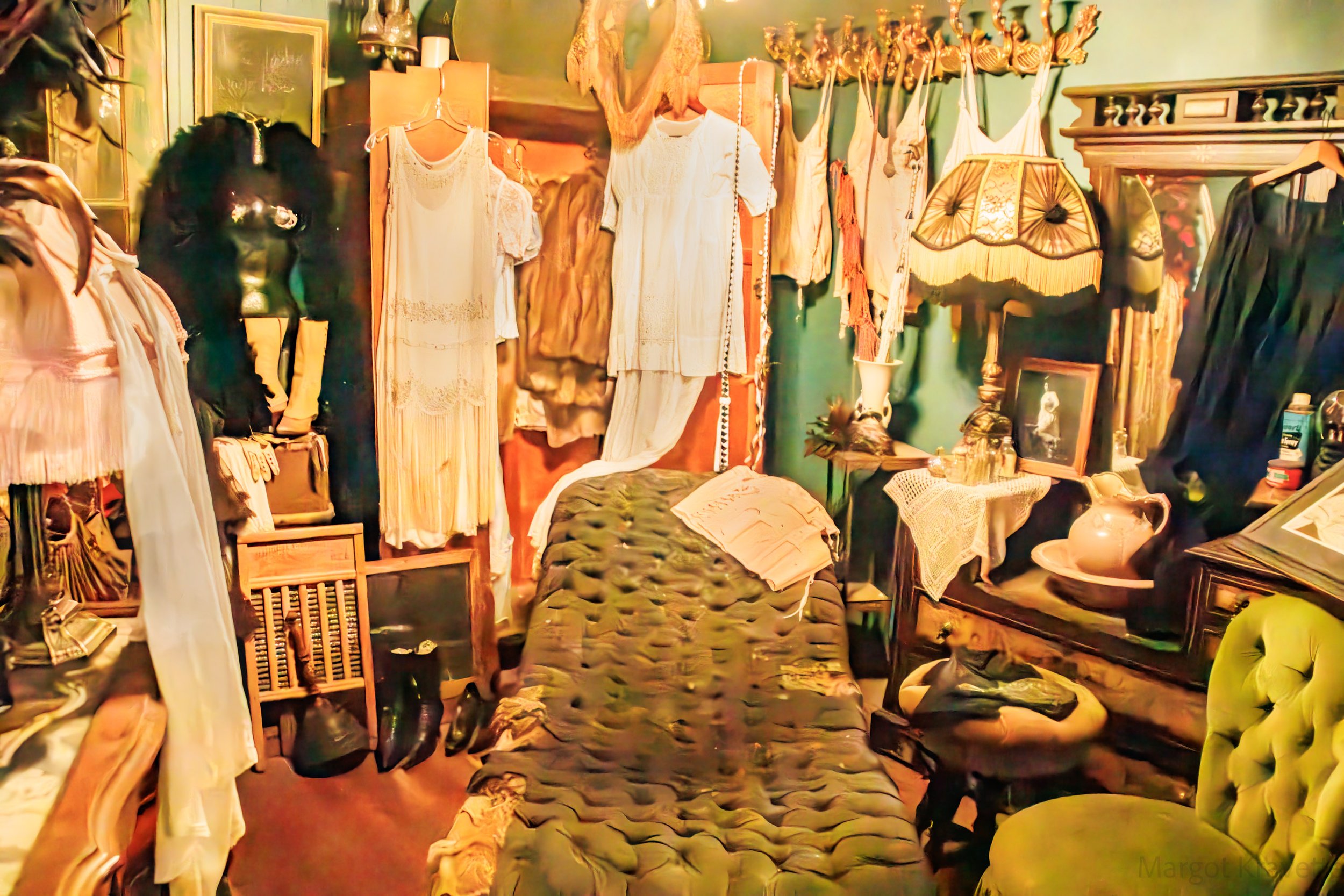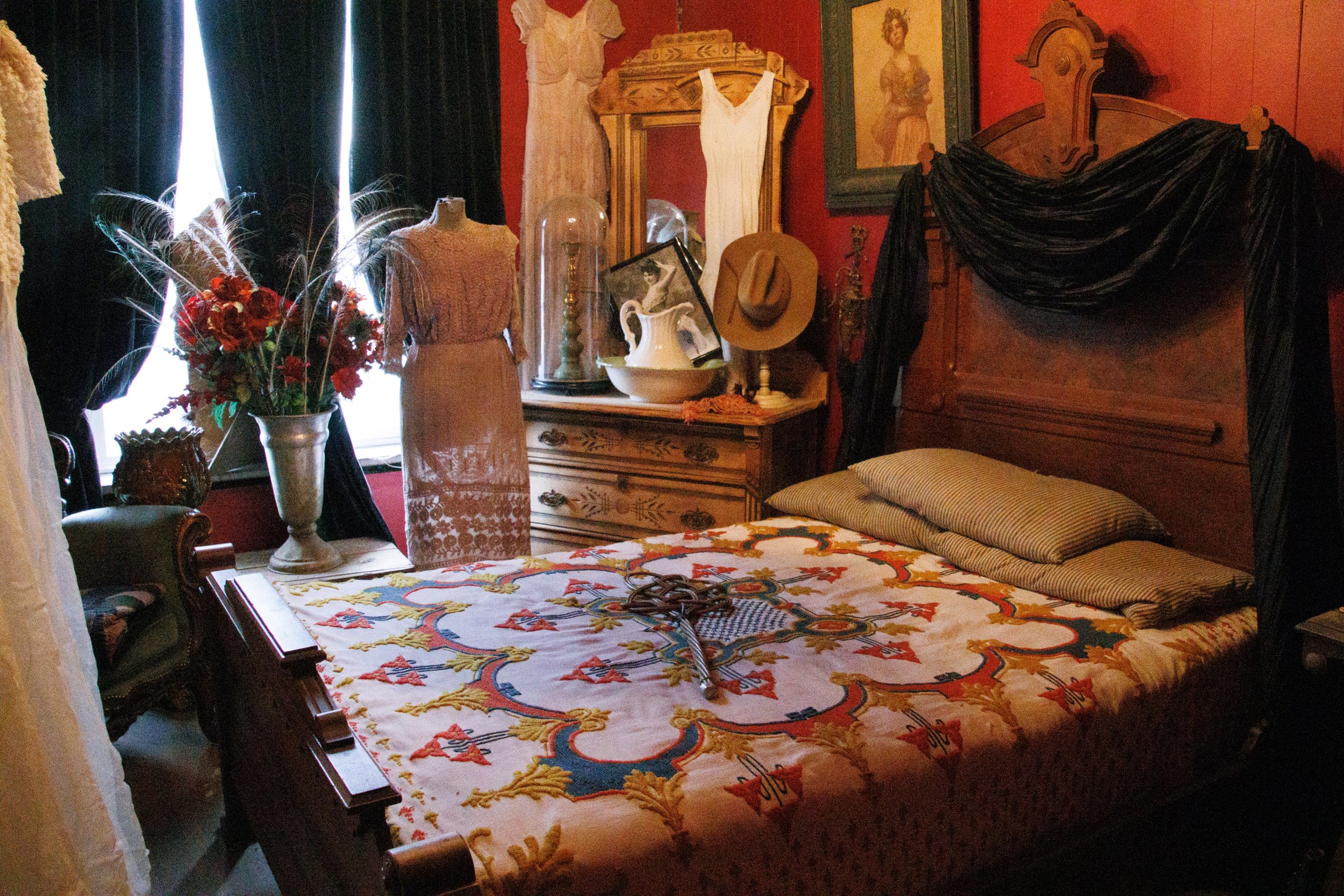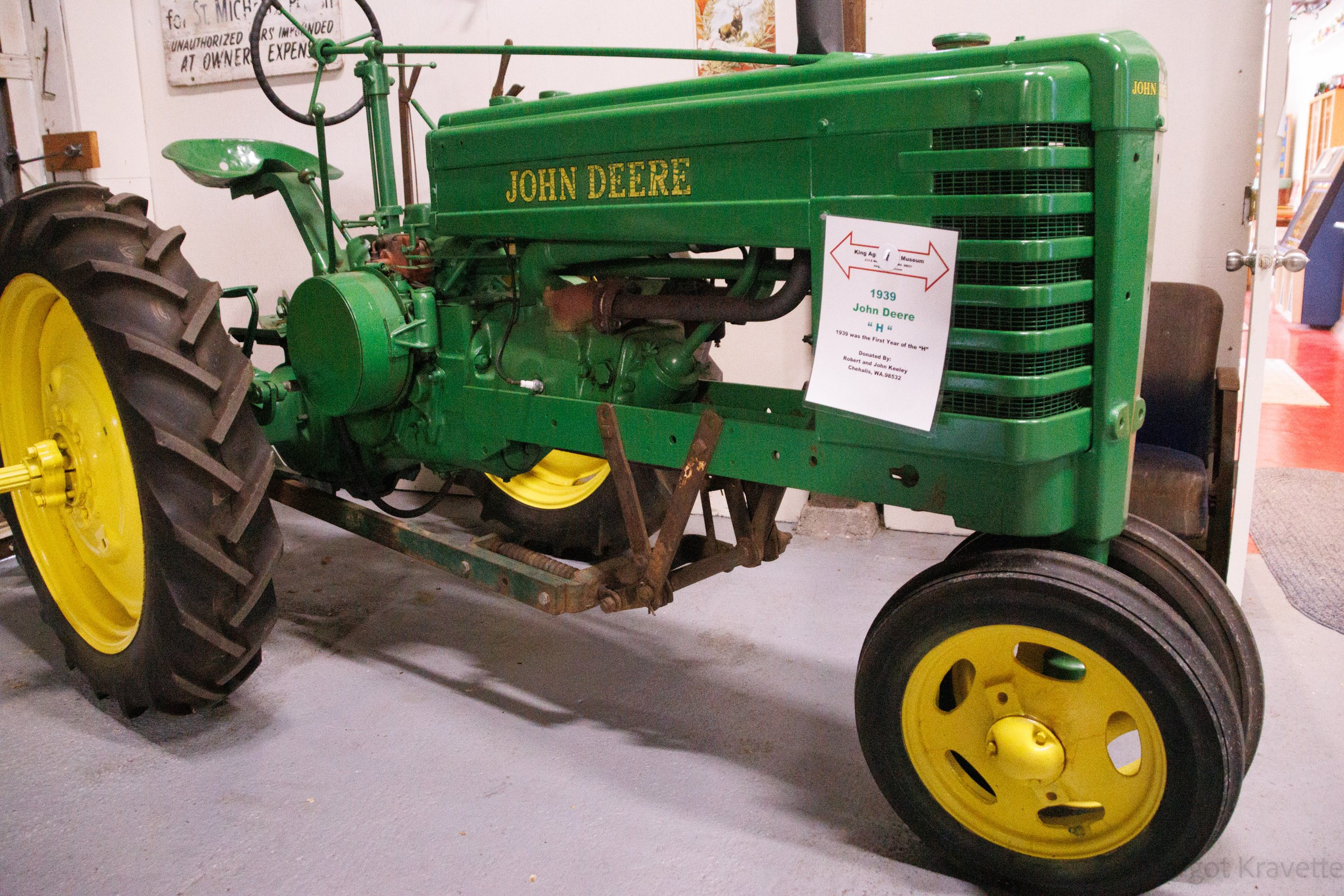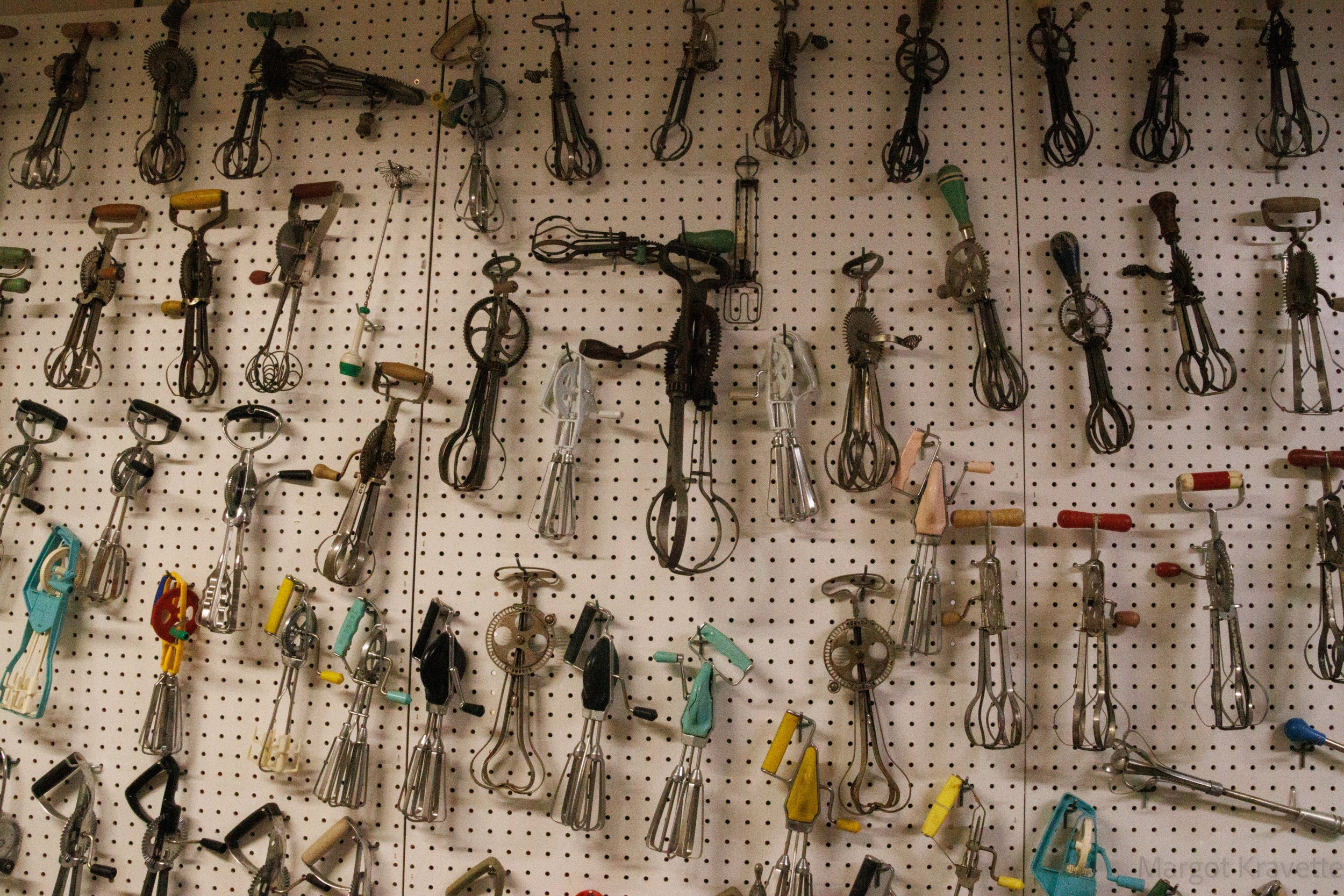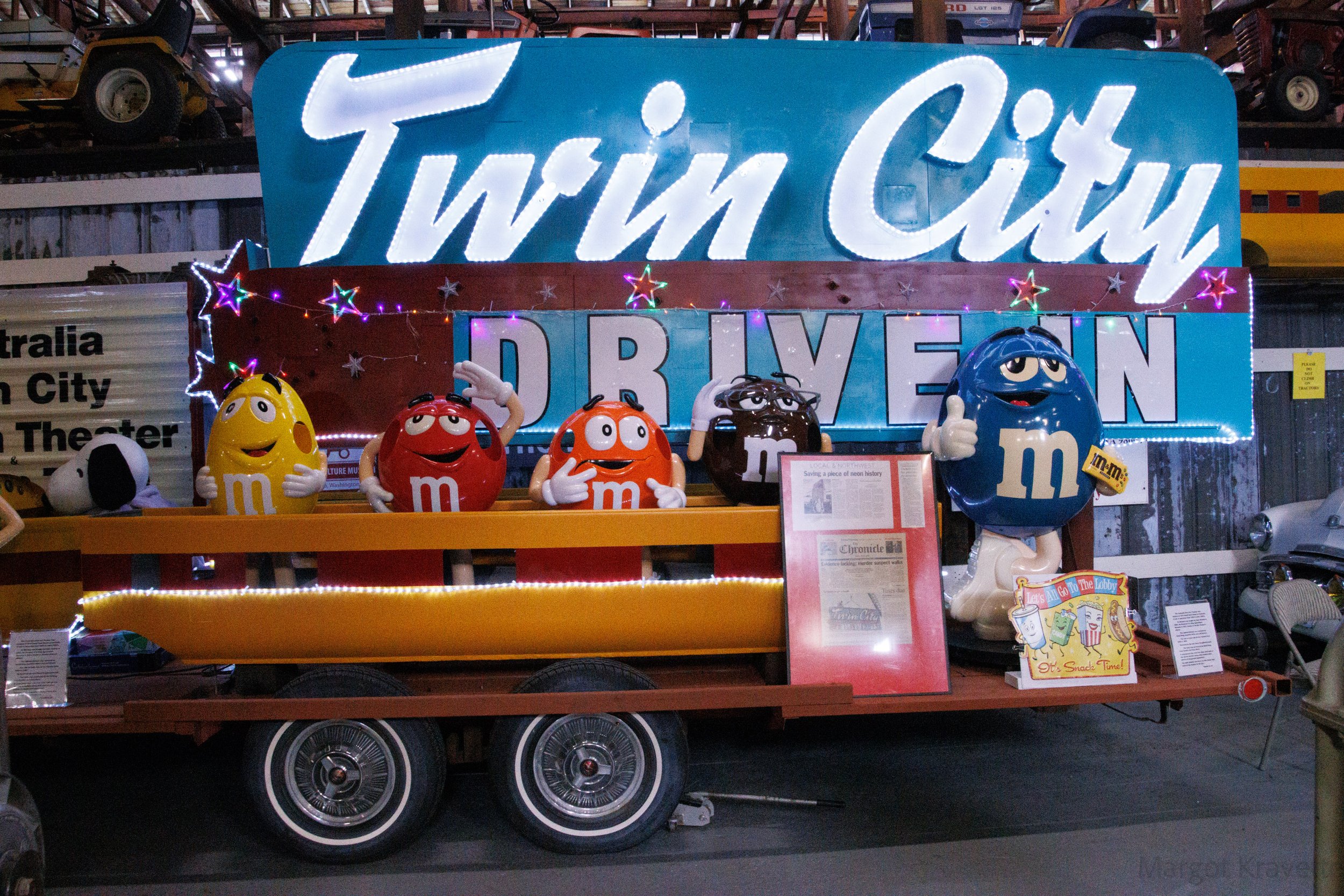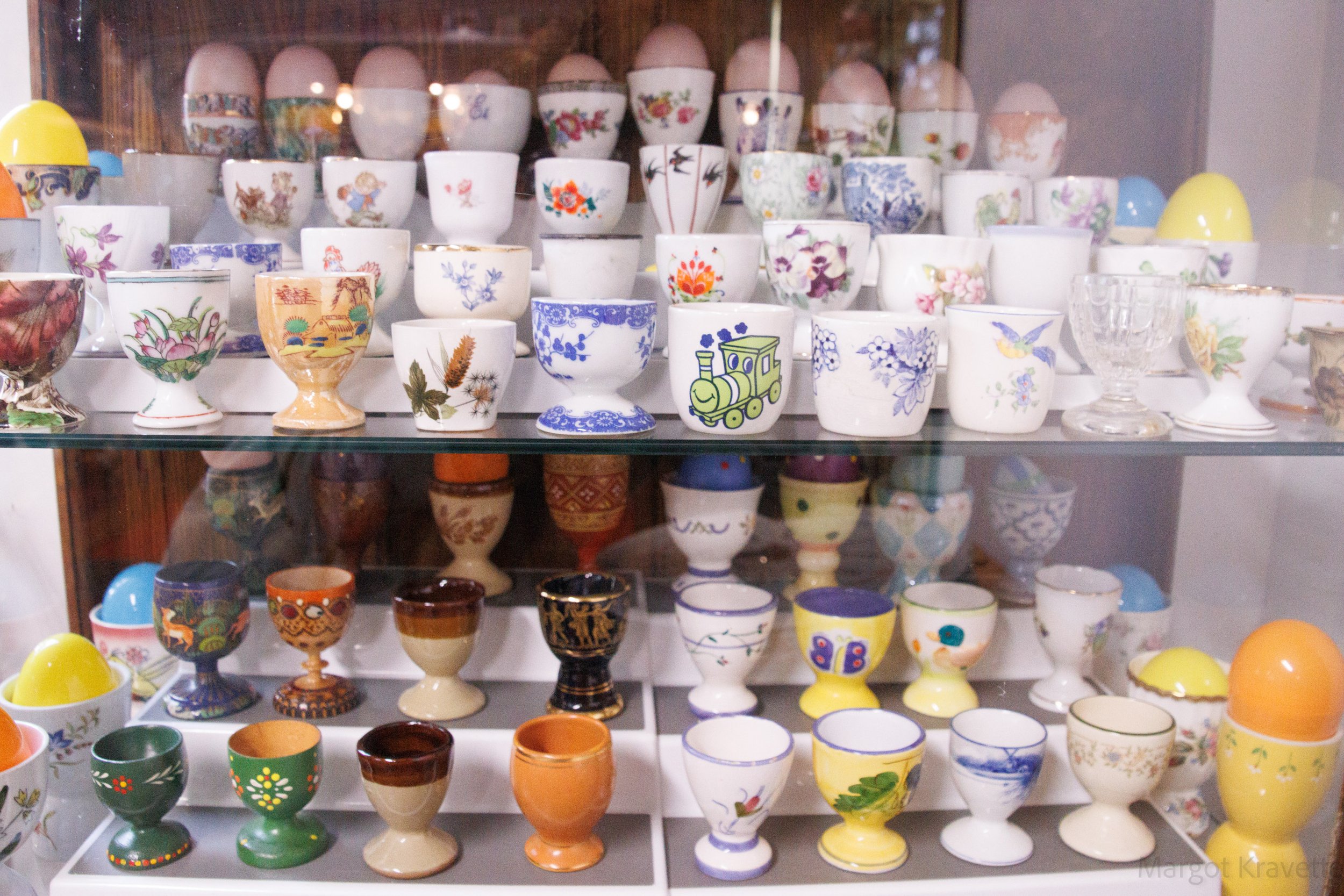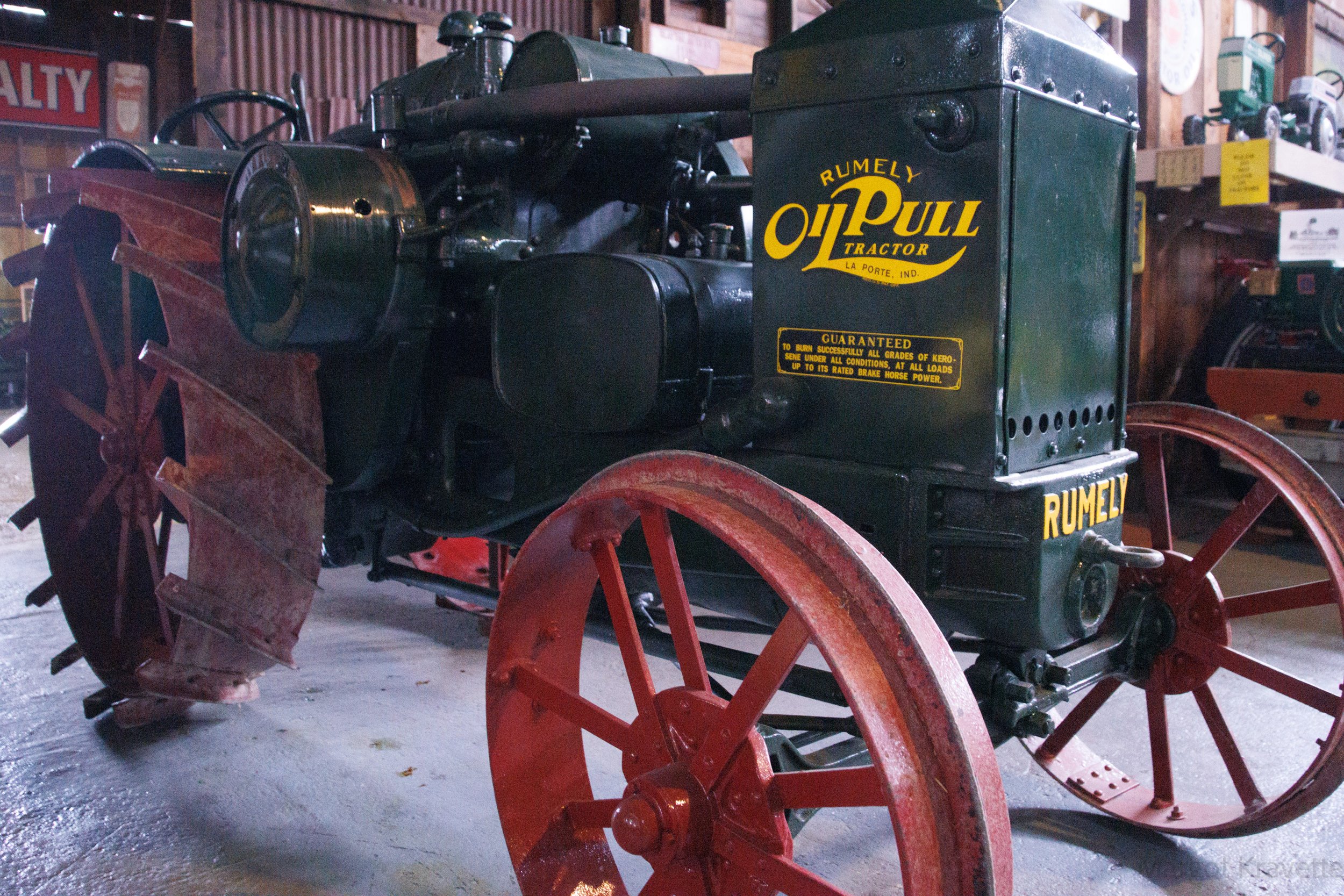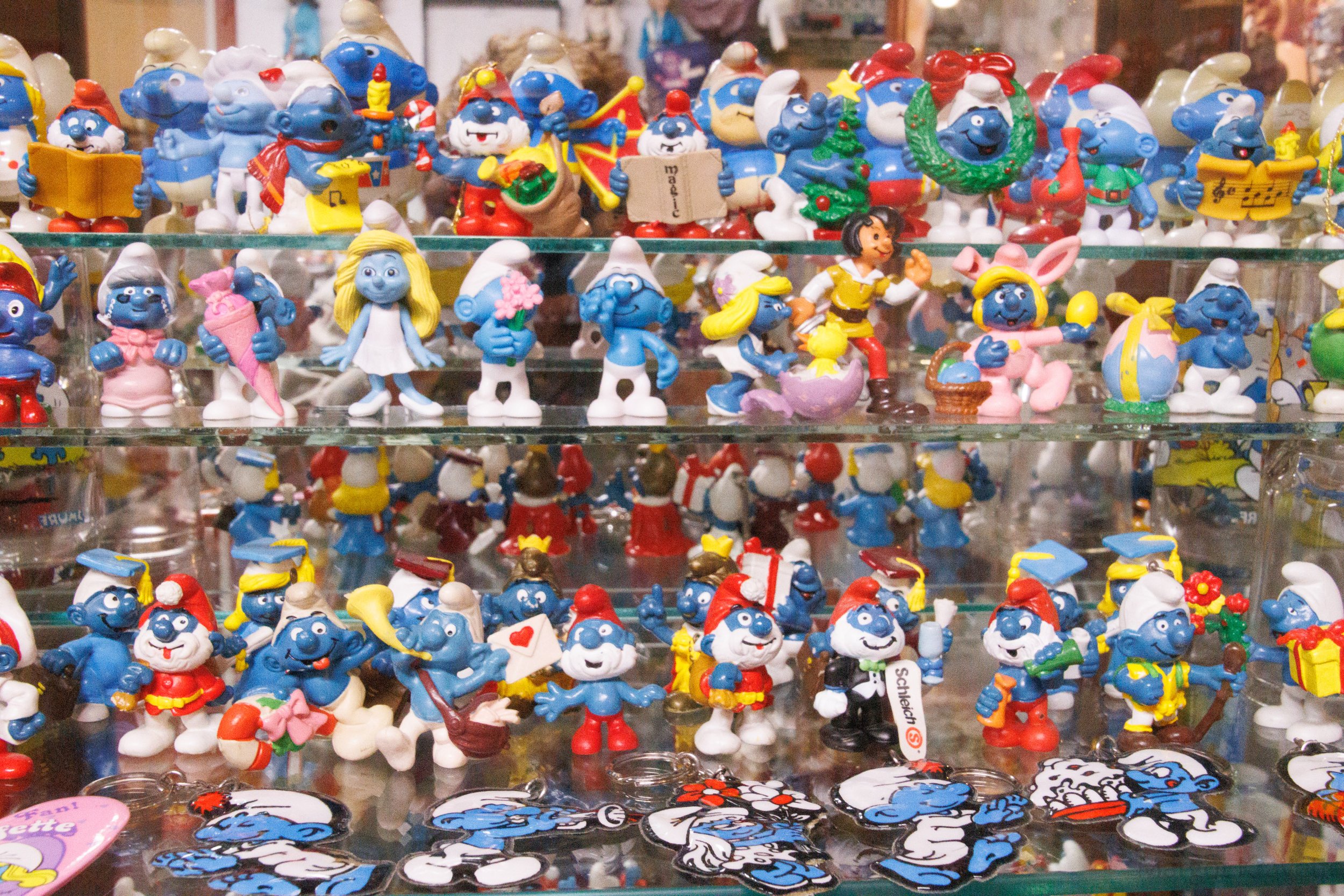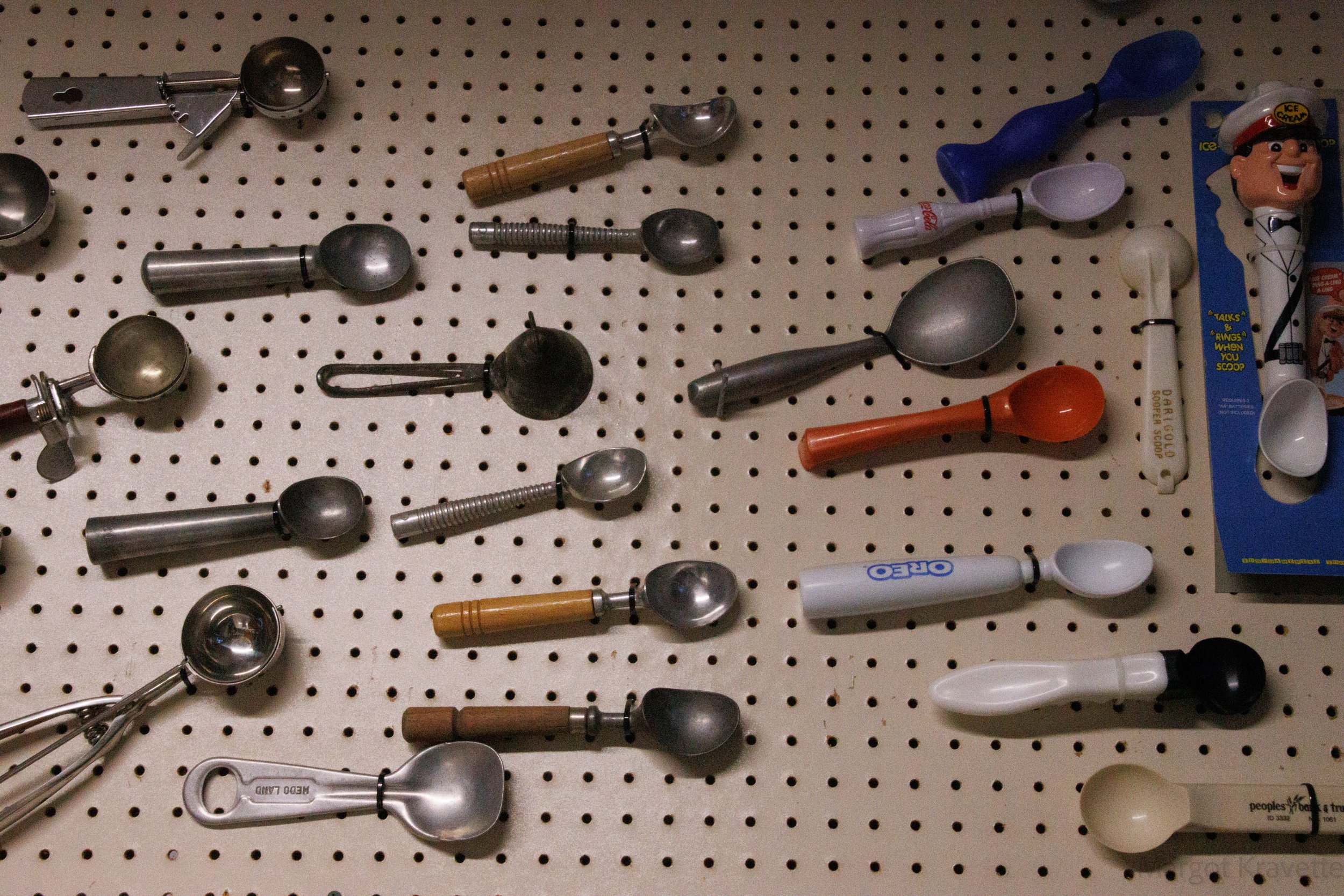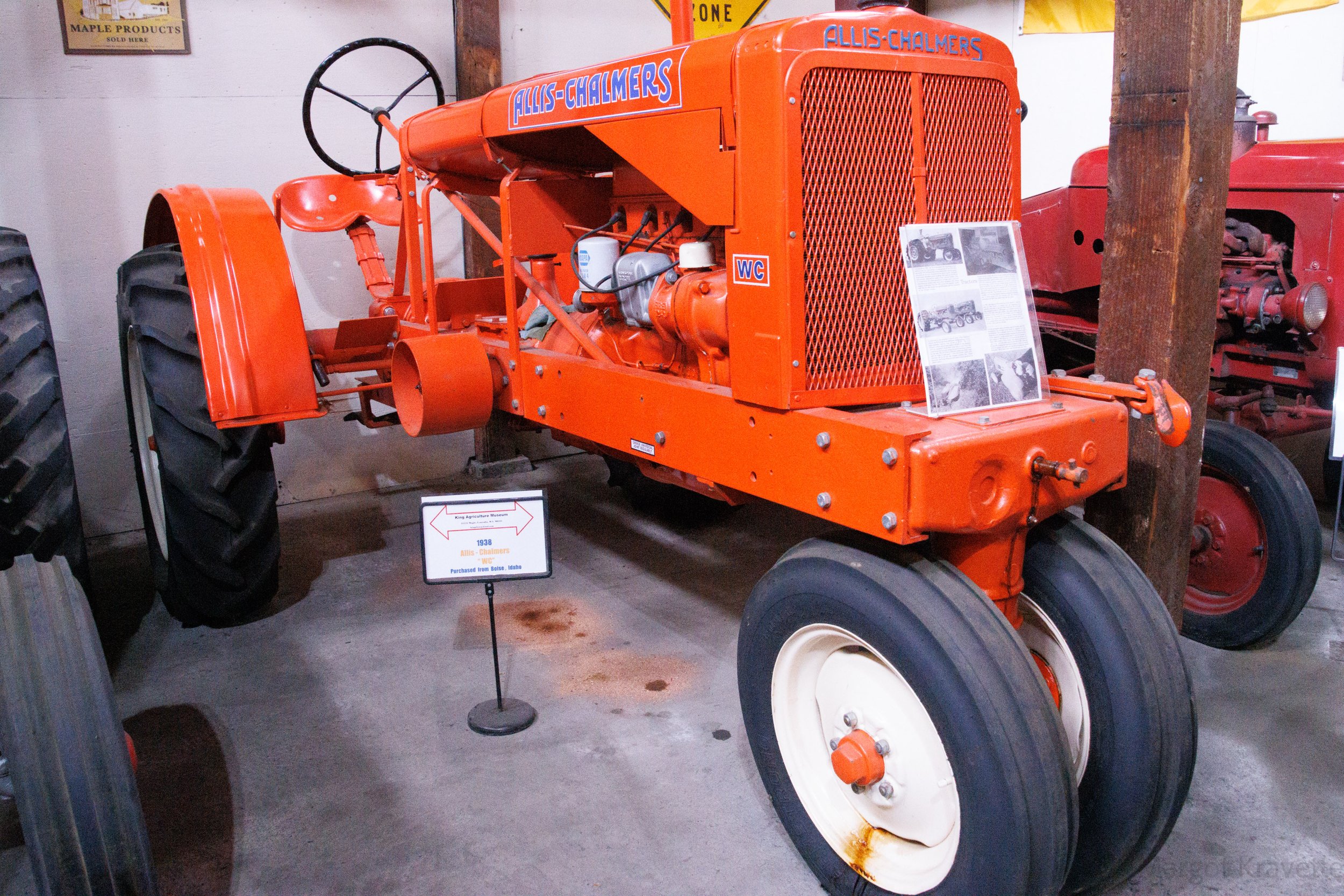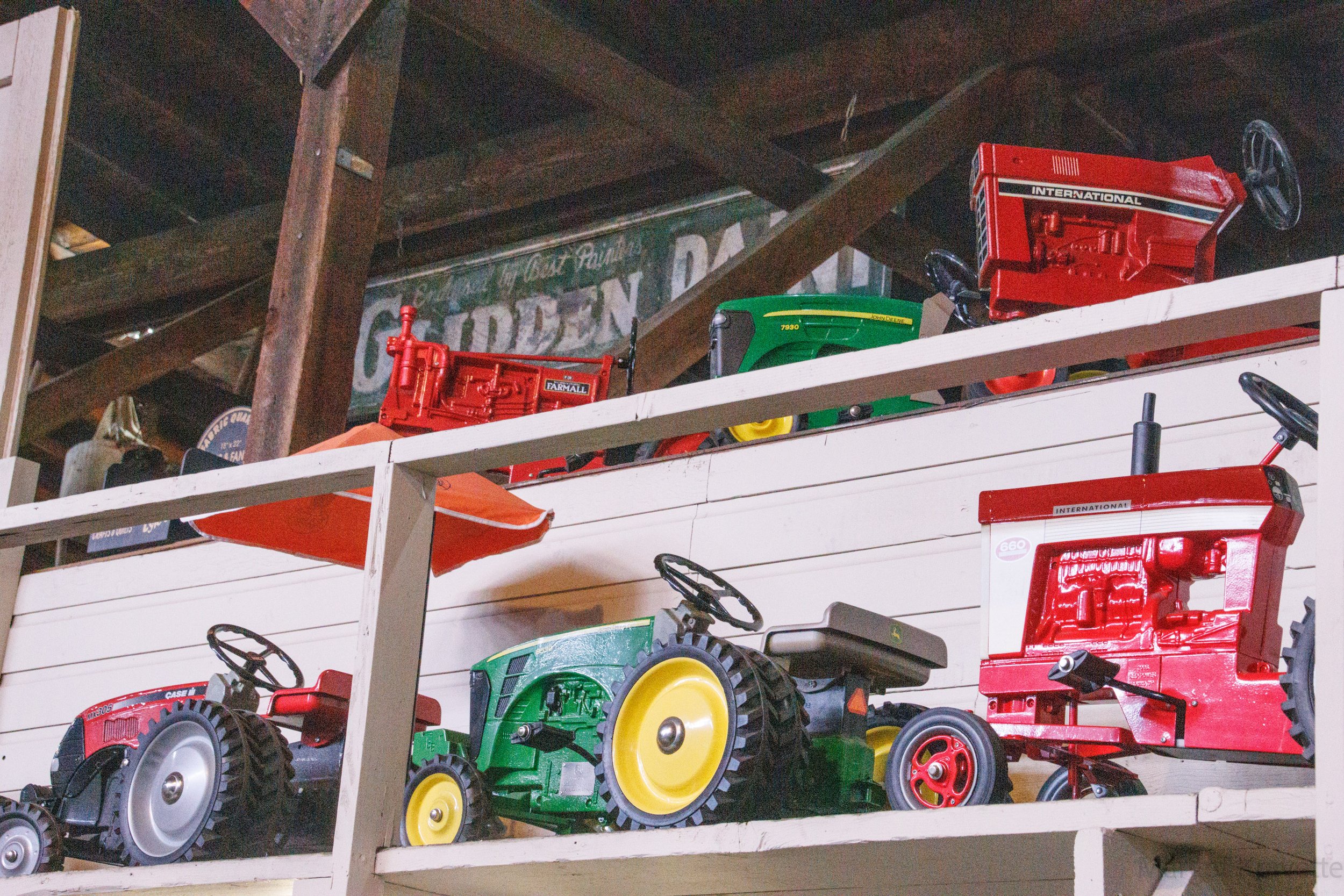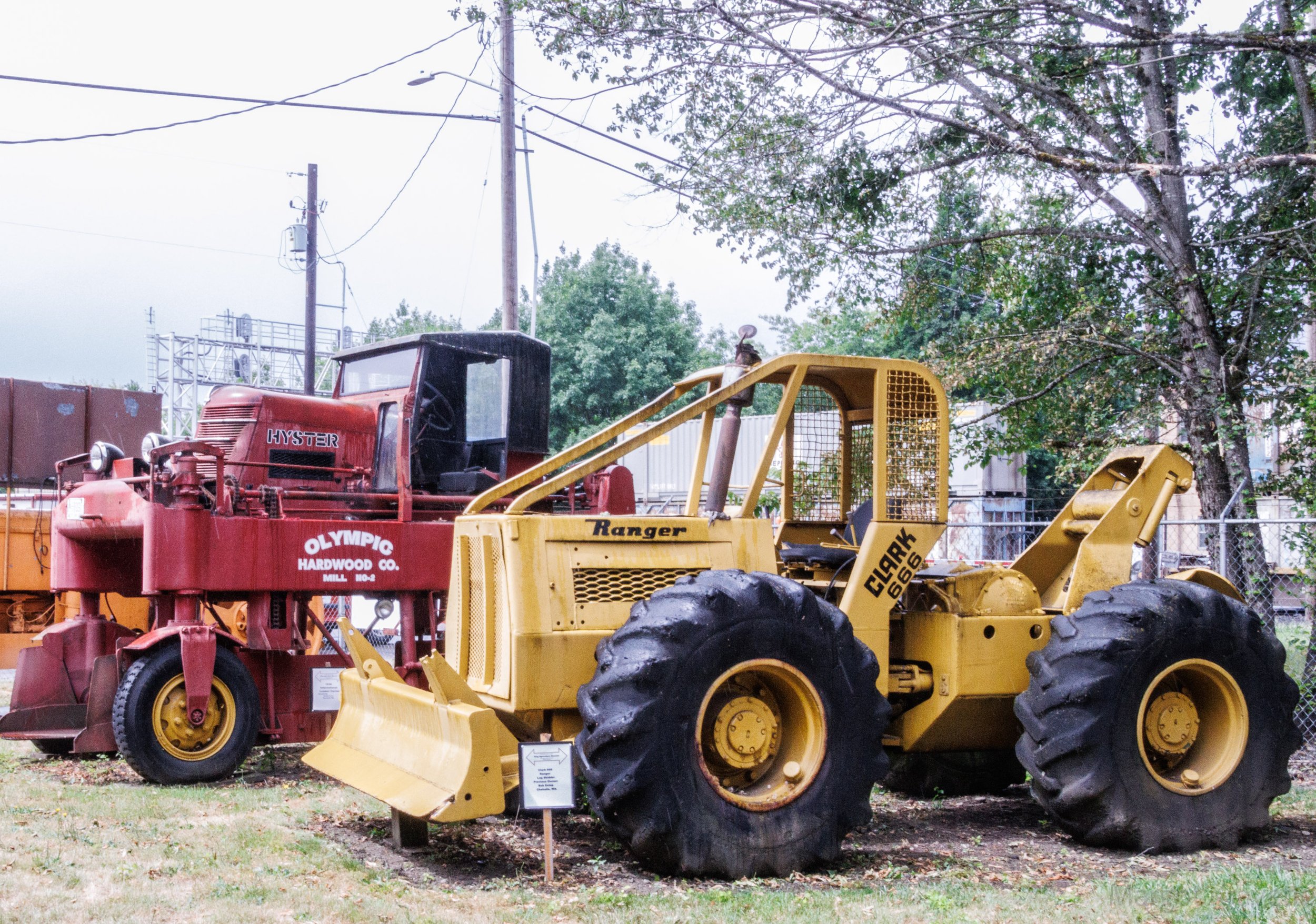Centralia
On my way to Egg Day in Winlock on a recent Friday, I had unexpected extra time and decided to stop in Centralia to see what was there. With a population this year of 19,364 Centralia is the 60th largest city in Washington State, compared to Centralia, Pennsylvania whose population this year is 4 (yes-4). As I walked through I saw a lovely small town with a historic 15-block downtown area with buildings built between 1900-1930, and a park, but soon learned that its history tells us a bigger story.
George Washington – the Founder of Centralia
The son of a slave, George Washington was born in Frederick County, Virginia. After his father was sold to a new owner, his mother took George to the home of Mr. and Mrs. James Cochran, a white couple, to prevent George from becoming a slave. The Cochran’s ultimately adopted him. Because George was unable to attend school because of his skin color, the Cochran’s taught him to read, write, and to compute arithmetic in his head. Over his years as a young man trying to make it on his own in both Missouri and Illinois, George began to experience some of the prejudices that occurred due to his race. He finally settled on a 640 acre plot of land where the Skookumchuk and the Chehalis Rivers joined in the Washington Territory. James Cochran was a valuable partner for George at times when it was necessary to work around some of the race-based laws and George was unable to be a land or business owner. In 1853 when black men were able to own land George started accumulating, farming and improving his land.
George married his first wife, Mary, and they had a happy 21 year marriage. In 1875 he filed his intention to lay out a new town which would be called Centerville. He started with four square blocks from which he sold 60 x 120-foot lots. By the time Washington was admitted to the Union in 1889 there were 1000 residents, and two years later he had sold two thousand lots. The residents decided they didn’t like the name Centerville as it might was getting confused with other cities of the same name. The name Centralia was adopted at a public meeting.
Centralia was hit hard by the 1893 Panic as businesses shut down and men lost their jobs. George became a one-man relief agency. He purchased and transported large quantities of rice, flour, sugar, bacon and lard from Portland, and distributed the food to those in need. He also lent money without interest. He also bought property that went on the auction block as a result of bankruptcy or absentee ownership. In August, 1905 George Washington passed away several weeks after a fall from his buggy when he was critically injured. He and the Cochran’s are buried together in Centralia.
George Washington Park
This park, named after the town’s founder, is a popular place for strolling, picnicking, or listening to music among the flowers and trees that are in bloom during the spring and summer. The park is located on one of the original parcels of land platted by Washington. A stone memorial plaque recognizing him sits in the park directly in front of the library. On the street side opposite the library is a life size sculpture of Washington with his wife Mary sitting on a bench, with their dog, Rockwood, by their sides. a statue, given to the city by members of the community in honor of the bicentennial of Washington’s birth.
The brightly painted wooden gazebo is used regularly and is available for rental. Also in the park is a striking memorial to the soldiers that have died in all the wars from World War I through the Iraqi Freedom War.
1919 Centralia’s Armistice Day Tragedy
Members of the Industrial Workers of the World (IWW) made their first appearances in Centralia in 1914, the year World War I had begun. The IWW was opposed to the US participation in WWI because they felt the US should concentrate more on labor problems at home. These opinions were generally opposed by IWW and were seen as treason. IWW members, known as Wobblies, had come to Centralia because they were hungry, and although the police regularly escorted them out of town, the Wobblies kept returning to Centralia. In 1917 the IWW opened a hall that was used as a gathering place since most of them were homeless. The following year the hall was stormed and destroyed during a parade honoring the Red Cross. The Wobblies were beaten by local businessmen. Also known for their support of Russian Bolsheviks, IWW members throughout the US were regularly arrested and convicted for federal sedition charges.
In 1919, after the IWW found another hall. The word on the street was that this hall would be attacked on the date of the upcoming Armistice Day parade. The IWW’s lawyer told the members that it would be legal to defend themselves if attacked first. The police refused to provide protection for the hall when they were asked. It is commonly believed that the Wobblies took the first shot when a group of Centralia Legionnaires ran to the hall and forced the door open. However, that assumption had never been proven. Ultimately, five Legionnaires and 1 IWW member were killed as a result of the attack. Eight Wobblies were convicted in a trialing 1920 trial and faced 25-40 years in prison. Although the court never reversed the findings, over time the public showed greater and greater support for the prisoners. In 1939 Washington State Governor Martin commuted the sentence of the last remaining inmate to time served. The 1924 Sentinel Statue in Washington Park, was dedicated to the fallen Legionnaires. The 1997 mural, “The Resurrection of Wesley Everest” located a block from the park, recognizes Wesley Everest, the only Wobbly who died in the uprising on November 11, 1919.
Centralia Timberline Library
The history of this library goes back to 1909 when The Ladies of the Roundtable obtained a $15,000 grant from Andrew Carnegie, allowing for the building of today’s Carnegie Library. Carnegie was well known for sharing his wealth among libraries throughout the country during the early years of the 1900’s. The Centralia library opened in 1913 and has been in that location other than during a temporary move in 1977-78 during a large remodel and addition to the existing building. In 1968 the library became part of the newly formed Timberland Regional Library System. Over the years the services of the library and available resources have grown to meet the needs of an expanding community.
This library is one of the most beautiful I’ve seen. When I asked, the current library manager noted that the wood was added during the 1977-78 remodel, but she did not know the kind of wood that was used throughout. I found the wood that laid over the opening from the top floor down to the main floor was not only unique, but made the whole building feel larger. There are several features that were added during that remodel as well. The cornerstone from the original building was laid in 1912, but has been inside the library since the 1978 remodel. The building has four fireplaces, all from the original building, but the wood around it all came with the remodel. The chandelier over the main staircase was brought from the old Centralia High School and was saved from demolition of the school and donated to the library in 1978.
Historic Downtown
I had read that Centralia was a place frequented by antique shoppers, and after walking down Pearl Street, I could see why. I counted 13 antique shops just on that short street alone. Here are just a few.
Upstairs and inside a locked door in the Shady Lady Antiques is the Shady Lady Bordello Museum. The rooms in this building originally provided lodging for men, and the women were “secondary”. Although they were well respected for the work they did., the women didn’t go out on the streets, so they moved among the different brothels that were connected through secret hallways and doors. This bordello was owned and managed by Madame Ruth Rucker from 1908 to 1976, and her focus was about giving women opportunities to work when they could not vote, own a business, or read. The Bordello Museum opened in 2015 as one way of honoring Centralia’s past.
King Agriculture Museum
According to its signs, marketing materials, and web site, the focus of the King Agriculture Museum is on antique tractors and farm equipment. However, I discovered that it has so much more. From the time the large building was erected in 1916 it contained a variety of different businesses from a lumber yard, a cabinet shop, a fireplace and stove shop, and lastly a scrap yard for computers. In 2006 Dave King purchased the building, and with friends and families, put on a new roof and the reconstructed the walls, one at a time, all the way around.
This is a fun place for all ages. It has a lot of tractors, included kid’s sizes to ride in the outside kids area. And it has lots of other farm equipment. But that’s not all. Dave and his partner, Aunnitta, are collectors. I can hardly think of anything they don’t collect. There is a cabinet full of Smurfs, a room full of sewing machines, eggs and egg cups, M&M characters, ice cream scoops and eggbeaters, motorcycles, all kinds of signs, saws and, oh yes – tractors. And that’s not all.
I wish Dave would expand his messaging to his community and beyond. There are things to see for all ages. Moms might laugh when they see how their grandmothers beat eggs for breakfast. Dads might wonder what those sewing machines are. And kids will get excited about the big tractors and the Smurfs. They will certainly find things they like in the gift shop.
Personally, I loved it.



